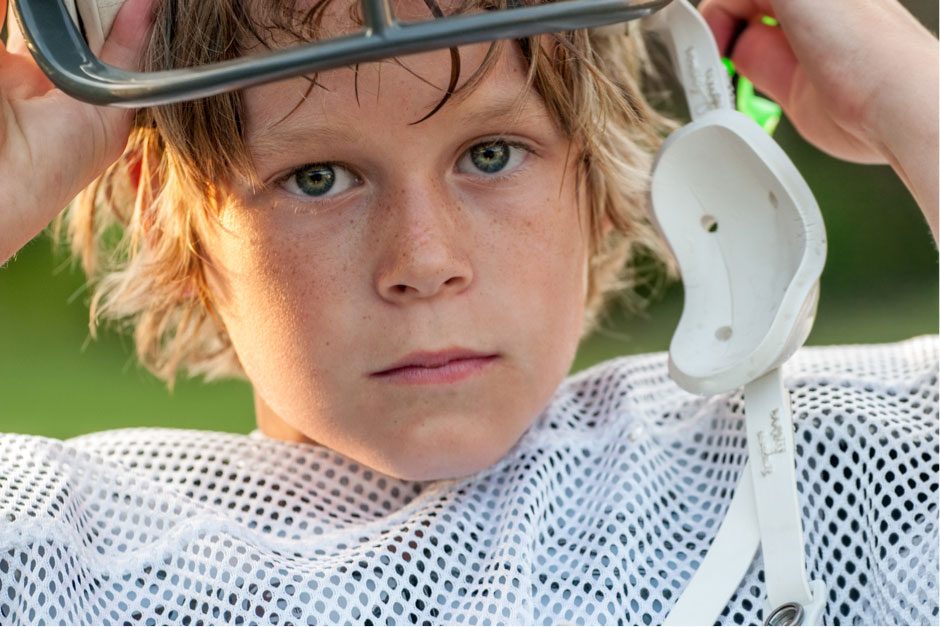Back-to-School: Tips in Preventing Sports Injuries

Participating in sports activities in school has a lot of benefits, plus, it’s a whole lot of fun. Getting injured is not. Any sport carries with it the potential for injury.
Children can be at risk for sports injuries for a host of reasons. Younger athletes have slower reaction times and are less coordinated because they are still developing and growing. Children mature at various rates, with differences in weight and height – even if they are of the same age. When they play sports together, each one producing a different degree of force, the risk of injury increases. In addition, children aren’t fully capable of judging the risks of specific activities as well as adults could, and this may lead to injuries.
Injuries happen when too much stress is placed on joints, tendons, muscles, and bones. Even if there is minimal swelling, tenderness, or limitation in motion, it is best if you get your child evaluated by a medical provider.
Make back-to-school sports a positive experience for your child by understanding the causes of sports injuries and knowing how to prevent them. Here are some tips from Physicians Premier, your Cibolo emergency room.
1. Use proper sports equipment
It is essential that your child uses proper safety gear and equipment that fits well. Talk to your child’s coach about the appropriate shoes, helmets, athletic cups, mouthguards, padding, and supporters. Ask about protective eyewear as well.
2. Appropriateness and maintenance of sports surfaces
Inspect the playing field and ensure that they are not full of ruts and holes that might cause children to trip or fall. Children who participate in high-impact sports such as running and basketball should play on safe surfaces like wooden basketball courts and tracks, as these can be more forgiving than some surfaces, like concrete.
In addition, be sure that your child play sports that match their size, skill level, as well as emotional and physical maturity.
3. Commitment to safety
Any activity or team sport that children participate in should be closely supervised by qualified adults. Choose teams that share the same commitment to injury prevention and safety.
For instance, the coach should be trained and certified in CPR and first aid. Make sure that the coach requires that protective gear be worn and used at all times.
4. Preparedness is key
It is vital that you don’t send your child to play a sport that they aren’t prepared to play. Before going out on the field, ensure that your child knows how to play the sport. Children should be adequately prepared with training sessions and warm-ups before games and practices. Ensure too that they consume a lot of fluids and take periods of rest during games and practices.
It is also important that your child doesn’t play through pain. It can be tempting for some kids to get right back in the game, even after sustaining an injury. Playing before an injury has had a chance to heal, or when hurt, is a bad idea. When necessary, take your child to your local Cibolo emergency room for his injury, and follow the doctor’s advice as to when it’s best to return to play.


